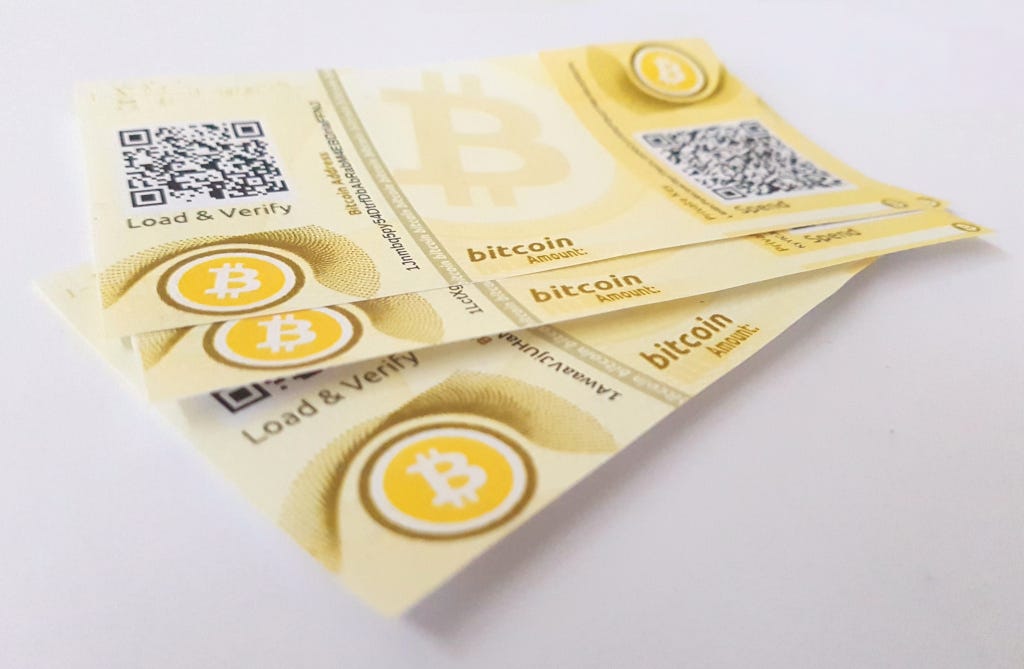

A paper wallet is one of the simplest methods of storing your Bitcoin.
However, even though paper wallets are safer than leaving your coins on exchanges – remember, “not your keys, not your coins” – there are better methods available to safeguard your Bitcoin.
In this article, I will discuss what paper wallets are, how they work and where you can create one, the pros and cons of paper wallets, and other methods to store your cryptocurrency.


A Bitcoin paper wallet is essentially a single private key and Bitcoin address, usually generated by a website, printed onto paper.
However, as you might have guessed, this method can be unsafe as it is not recommended to reuse Bitcoin addresses.
If you use paper wallets, you would have to keep printing new sheets of paper after each transaction.
Deterministic wallets and seed phrases, which I will expand upon below, partly avoid the use of websites for key generation. This provides added security as the website you use to generate your paper wallet could be corrupted or fake.
These solutions provide better mechanics to store, receive, and send BTC without the need for third-party solutions like external websites.
A paper wallet, which was a common method to store Bitcoin during the early days, can have other faults as well.
They have proven to be error-prone, since users can lose BTC if the private key is imported to a hardware wallet, and paper can be easily destroyed or lost if not carefully protected.
Better and safer methods to store cryptocurrencies such as Bitcoin include full nodes, light clients, and hardware wallets.
Each solution has its pros and cons, as explained in more detail here, but I will mainly focus on how they work in this article.
Full nodes, as I discuss here, are the key driver for security. Nodes secure your Bitcoin. Validating and broadcasting your own transactions is not only safe for you, but by running a full node, you’re actively participating in consensus and helping the entire Bitcoin network to remain secure.
Light clients do not offer the same level of protection as a full node because transactions are validated by the network. However, they are a great solution if you like to store your Bitcoin on your laptop, for example.
With this method, you keep the seed phrases and you run a local copy of the Bitcoin protocol on your device, storing block headers for validation.
A useful feature of Electrum, for example, is the ability to do Simple Payment Verification (SPV). SPV allows a lightweight client to verify that a transaction is included in the Bitcoin blockchain, without downloading the entire blockchain.
Finally, hardware wallets – like Trezor or Ledger – allow you to keep your cryptocurrency safely stored away from the internet.
A great deal of crypto-enthusiasts use hardware wallets as a preferred method of securing Bitcoin since they allow you to plug-and-play whenever you want to access your account, without the need to store information locally.
In addition, these hardware wallets are usually small and easy to use.
Denver, Colorado, 24th February 2025, Chainwire
Denver, Colorado, 20th February 2025, Chainwire
Washington, D.C., 18th February 2025, Chainwire
Dubai, UAE, 27th January 2025, Chainwire
Those who enter the market at this time may be surprised to hear that Bitcoin…
George Town, Grand Cayman, 22nd November 2024, Chainwire